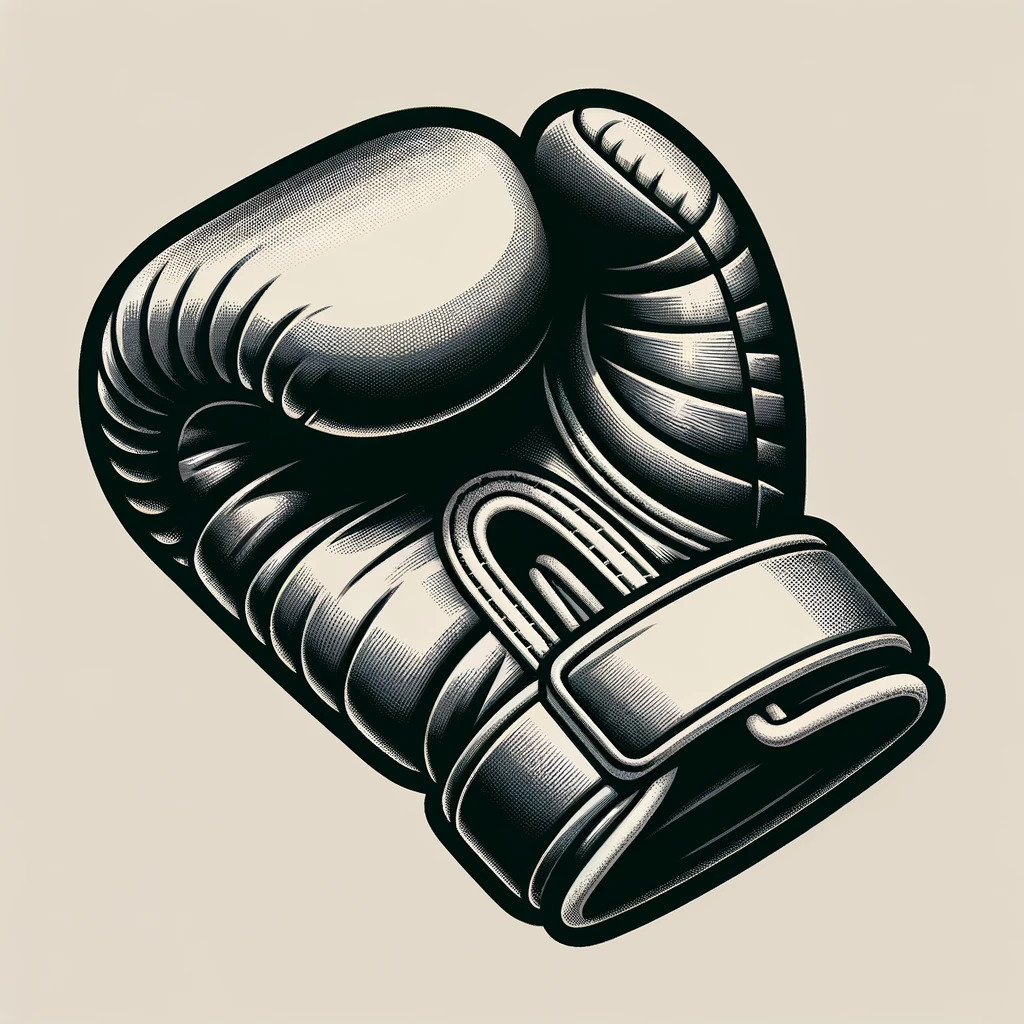Choosing the right boxing glove weight is crucial for protecting your hands and achieving your training goals in boxing. The weight of a boxing glove, measured in ounces, influences padding, protection, and the intensity of your training. Understanding these nuances is essential for both beginners and seasoned boxers to maximize their performance and minimize the risk of injury.
How Heavy Are Boxing Gloves?

heavy boxing glove
Boxing gloves are inherently designed to safeguard the hands and mitigate the force delivered in a punch. They are categorized by their weight, measured in ounces (oz), which correlates with the amount of padding integrated into the glove. Standard boxing glove weights include 12, 14, and 16 ounces, each serving distinct purposes in training and competition. A lighter glove, with less padding, facilitates speed and agility, often utilized in practice sessions. In contrast, heavier gloves offer enhanced protection, making them suitable for sparring and fighting scenarios.
How Many Ounces Should My Boxing Gloves Be?
Choosing the appropriate boxing glove weight is paramount for effective training and safety. Gloves range from 8 to 18 ounces or more, each suited to specific boxing activities such as sparring, bag and pad work, and competition. Lighter gloves (8-10oz) are typically used for competition and speed work, while heavier gloves (14-18oz) are preferred for sparring, offering more protection due to additional padding. Your body weight, skill level, and training intensity also influence the ideal glove weight for your needs. The ideal boxing glove weight varies based on the type of boxing activity—sparring, bag/pad work, or competition. Below is a table illustrating the suitability of different glove weights for various boxing activities:
| Glove Weight (oz) | Sparring | Bags/Pads | Competition |
|---|---|---|---|
| 8 | Not recommended | Not recommended | Lighter Pro weight classes |
| 10 | Not recommended | Speed/cardio | Most Pro weight classes |
| 12 | Not recommended | Speed/cardio | Some amateur competitions |
| 14 | Light-weight fighters | All-around | Some amateur competitions |
| 16 | Suggested | Power/strength | Some amateur competitions |
| 18+ | Heavy-weight fighters | Power/strength | Not suitable |
Choosing the right glove weight enhances your performance, ensuring effectiveness in practice and safety during sparring and competitions.
Does a Heavier Glove Hit Harder?

Heavier boxing gloves, packed with more padding, prioritize safety over striking power. Contrary to the notion that heavier gloves hit harder, their design focuses on absorbing impact, protecting both the wearer and the opponent. Emphasizing technique and skill development fosters striking power rather than merely relying on glove weight.
Most Commonly Used Weights of Boxing Gloves
This section will dive into the specifics of various glove weights, explaining their ideal usage scenarios, from lighter 8-ounce gloves to heavier 18-ounce ones, and the considerations for choosing each weight category for different types of boxing activities.
- Purpose: Determine whether the gloves are for sparring, training, or competition.
- Weight: Align glove weight with your body weight and training intensity.
- Fit and Comfort: Gloves should feel snug, not too tight or loose.
- Material and Durability: Consider the glove’s material and construction.
- Wrist Support: Ensure adequate wrist protection and support.
- Recommendations: Seek advice from coaches or experienced boxers.
- Brand and Reviews: Research brands and read user reviews for insights
Different glove weights serve distinct purposes in boxing:
- 8-ounce gloves: Mainly used in professional boxing for lighter weight classes, these gloves offer less padding, making punches more potent.
- 10-ounce gloves: Versatile for speed and cardio, used across various weight classes in professional boxing.
- 12-ounce gloves: A middle ground, used for training, especially in amateur competitions.
- 14 and 16-ounce gloves: Ideal for sparring, providing extra padding for increased protection during intense sessions
Conclusion
Choosing the right boxing glove weight is essential for effective training, enhanced performance, and injury prevention. Understanding the purpose of various glove weights, and considering personal factors such as body weight and training intensity, aids in making an informed decision tailored to your boxing needs
FAQ’s
How do I choose the right boxing glove weight?
Base it on your weight class and hand size. Heavier boxers need heavier gloves (14-16oz) while lighter boxers can use lighter gloves (8-12oz). Measure your dominant hand circumference and use sizing charts as a guide.
What glove weights are used for training vs. sparring vs. competition?
Training gloves are 12-16oz to protect hands during heavy bag/mitt work. Sparring gloves are usually 12-14oz for protection and movement. Competition gloves are 8-10oz for speed and impact in the ring.
Does heavier glove weight mean more punching power?
No, heavier gloves do not increase punch power. The extra padding protects hands and opponents but can slow punches down. Proper technique generates power, not glove weight.
Can I use the same gloves for bag work, sparring and competition?
It’s better to use separate gloves for each. Bag gloves wear out faster from heavy use. Sparring requires more padding for safety. Competition gloves must meet regulations.

